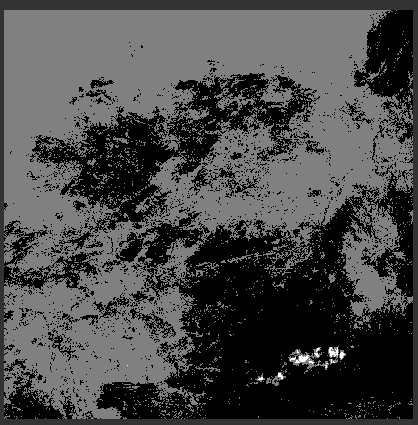We are excited to announce the release of ESA SNAP 12, marking 10 years since the very first release of the Sentinel Application Platform on 5 May 2015.
The new version introduces significant updates for SAR, optical, and atmospheric data processing workflows. Here’s a breakdown of what’s new:
🔧 Core Enhancements:
- Updates to JDK21 showing improved performance and compatibility
- Full support for Sentinel-1C mission data
🛰️ Sentinel-1 ETAD Workflow Improvements:
- ETAD-Corrected SLCs
- Improved Coregistration & Interferograms
- Phase Screens now available
- Enhanced InSAR Image Selection Tool
- Seamless ETAD Auto Download
🌊 Sentinel-1 Upgrades:
- Updated handling of Sentinel-1 WV and OCN products
- New band selection support for exporting WV data as Stripmap-like imagery
🌍 Change Detection:
- REACTIV Change Detection integrated
- Updated Log Ratio Change Detection
🛠️ New Tools & Operators:
- Vectorize Operator for turning raster into vector
- Subset Operator now supports arbitrary shape masking
🌊 Ocean & Atmosphere:
- OLCI L2W reader updated to align with the latest EUMETSAT format
- OLCI/SLSTR calibration coefficients supported
- C2RCC now utilizes Copernicus DEM for elevation awareness
📦 Data Standards:
- Improved NetCDF compatibility for Copernicus/ESA data
🔗 Get SNAP 12 now: https://step.esa.int/main/download/
🗂️ Documentation & full changelog: https://step.esa.int/main/public-roadmap-and-changelog/
SNAP 12 Released – Celebrating A Decade of Earth Observation Tools

Thank you for the update/information, Diana. Thank you very much, and congratulations to the SNAP team for all the involved work in the last 10 years!
Cheers!
Hey! Congrats for the release. It is great to have to updated version. Especially I’m happy of the JDK 21 update. Finally, SNAP uses a recent Java version.
But I have to report also a first issue. When try the raster to vector operation I found issues.
I have simply used B1 of Sentinel-2 and the following parameters for the quantification.
Which leads to this result:

So far so good.
But when using this result with the RTV operator the result it not usable.
The shapes are not present, and the geo-location is wrong.
The original location is 1. The converted_band has already some border. While the product 2 which contains the converted_band is at a different location. Together with product 3, the final RTV product.
The shapes, as masks and geometrys, look like this:
Depending on the zoom level the shapes mask can look like


The raster vectors_band is completely empty.
I’ve used the product S2A_MSIL1C_20230627T105621_N0509_R094_T30SVG_20230627T162159
Additional feedback:
Thanks again for the release.
Ciao
Marco
Jira ticket SNAP-4015 created
I have one doubt. Sorry to ask here because i was not getting how to post it. I am working with sentinel-1 SLC data over a glacier. I followed following steps:
I want the SLC complex data so I checked for it not for sigma naught and beta naught. But when i observe the data, i found extreme values for i and q bands of both VH and VV.
Statistics for iVH:
Min : -3.4027579542022688e+38
Max : 3.4027839156865615e+38
NaN Count: 2364
Statistics for qVH:
Min : -3.4005773923457802e+38
Max : 3.401382198358853e+38
NaN Count: 2398
Statistics for iVV:
Min : -3.3991237520494865e+38
Max : 3.3999802782070487e+38
NaN Count: 2278
Statistics for qVV:
Min : -3.4018231379436365e+38
Max : 3.4020829556106593e+38
NaN Count: 2346
Please let me know what could be the possible reason and how to correct it.
Are the results correct in one of the two internal formats? (.znap or BEAM-Dimap?)